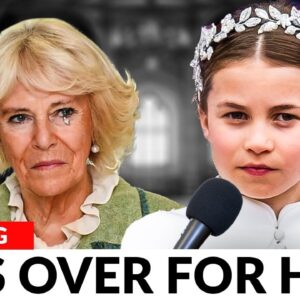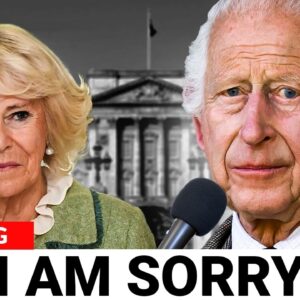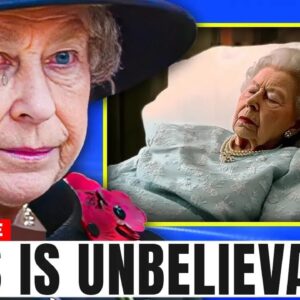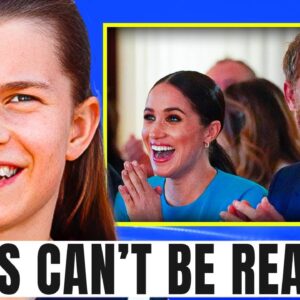In a world where attention spans are dwindling, optical illusions have surged in popularity, captivating audiences across social media platforms.
These mesmerizing images not only spark curiosity but also provoke discussions about perception, psychology, and even personality traits.
From hidden figures to ambiguous shapes, optical illusions can reveal much about how we interpret our surroundings.
Here, we explore five viral photos that have taken the internet by storm, delving into what they reveal about the way we think and see.
1. The Tree or the People: A Left-Brain vs. Right-Brain Dilemma
 Image Credits: Reddit
Image Credits: Reddit
In this striking image, viewers are presented with a choice: do you see a solitary tree or two people holding hands?
This optical illusion is not just a playful brain teaser; it serves as a conversation starter about cognitive styles.
According to the theory, those who perceive the tree first are thought to have left-brain tendencies—analytical, logical, and detail-oriented.
Conversely, those who immediately recognize the two figures may lean toward right-brain characteristics—creative, intuitive, and holistic thinkers.
This image has prompted countless discussions on social media, as users share their perspectives and reflect on their cognitive styles, further fueling interest in the intricacies of human perception.
2. The Dress: A Color Controversy
 Image Credits: Reddit
Image Credits: Reddit
One of the most iconic viral photos in recent history is “the dress,” which sparked a global debate about color perception. When posted online, the dress appeared to some viewers as blue and black, while others swore it was white and gold. This phenomenon highlighted how lighting and individual differences in perception can lead to dramatically different interpretations of the same image. The dress became a cultural touchstone, prompting discussions on how our brains process color and the influence of context on visual perception. The debate surrounding “the dress” showcases the complexities of human perception and continues to intrigue both scientists and casual observers alike.
3. The Old Woman or the Young Lady: A Timeless Personality
 Image Credits: Reddit
Image Credits: Reddit
This classic optical illusion presents a dual image that can be interpreted as either an old woman or a young lady, depending on the viewer’s perspective. The ambiguity of this image invites viewers to shift their focus and consider alternative interpretations, highlighting the brain’s ability to process multiple viewpoints simultaneously. This illusion not only serves as a testament to the complexities of visual perception but also encourages discussions about the nature of beauty and age. As viewers share their interpretations, the image fosters a sense of community and dialogue, reminding us that perception is subjective and deeply personal.
4. The Rabbit or the Duck: A Dual Personality
 Image Credits: Reddit
Image Credits: Reddit
In another compelling optical illusion, viewers are faced with an image that can be perceived as either a rabbit or a duck. This duality challenges our cognitive flexibility, as the brain must quickly switch between two distinct interpretations. This particular illusion has been widely shared in various contexts, from psychology to philosophy, as it embodies the idea that our perceptions can be limited by our preconceived notions and experiences. As discussions around this image unfold, it serves as a reminder that perception can shape our understanding of reality, encouraging viewers to embrace a more open-minded approach to visual stimuli.
5. The Hidden Figures: Finding the Unexpected
 Image Credits: Reddit
Image Credits: Reddit
Many viral photos feature hidden figures that challenge viewers to find objects camouflaged within the main image. These illusions tap into our problem-solving skills and your personality and attention to detail, often leading to a sense of accomplishment when the hidden items are finally discovered. The thrill of the hunt in these images generates excitement and engagement, making them perfect for social media sharing. As users collaborate to solve these visual puzzles, they build connections and foster a sense of community, showcasing how shared experiences can enhance our enjoyment of optical illusions.





